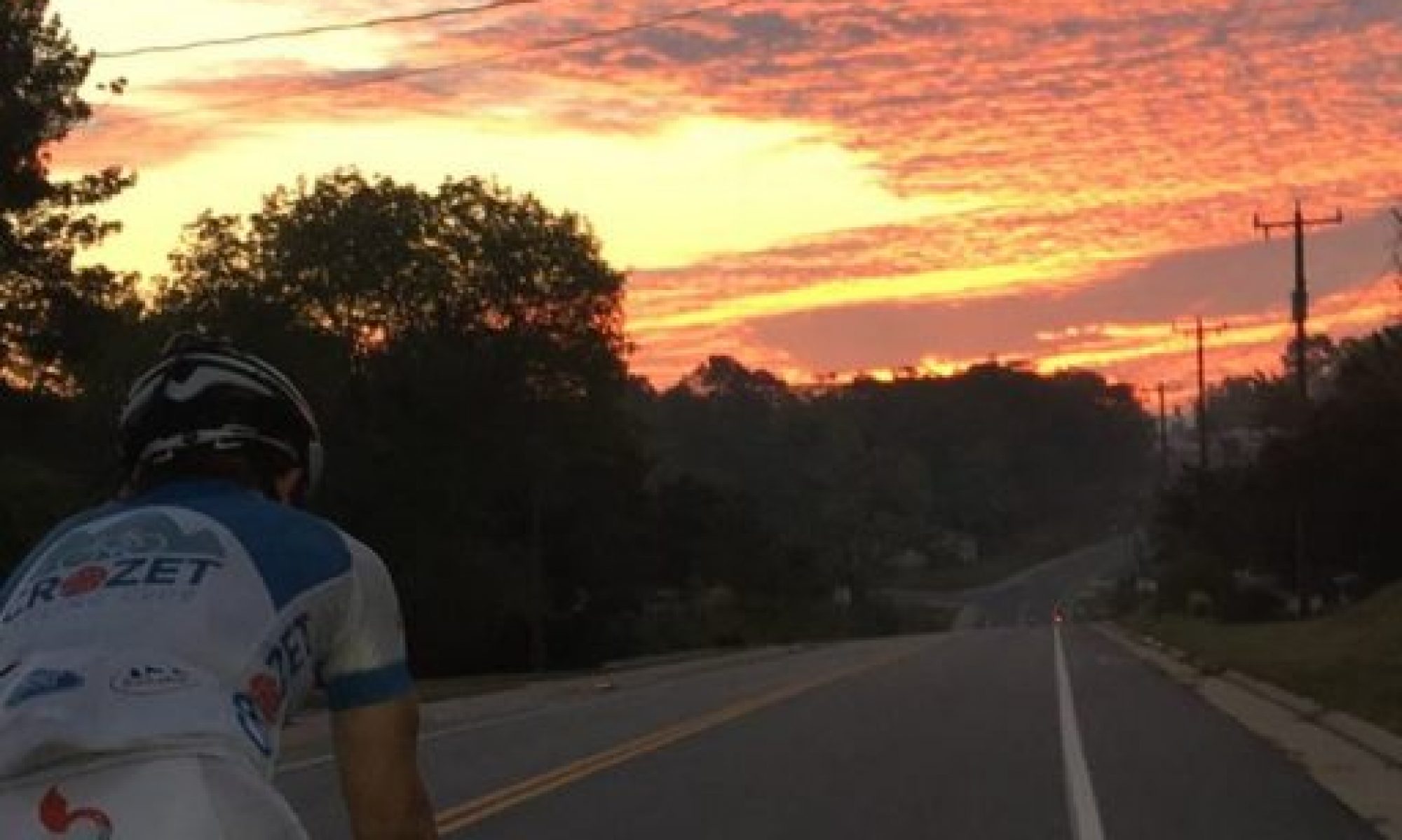via email:
PROJECT UPDATE:
TRAFFIC NOTICE:
Please note that we are in the process of installing crosswalks, which requires the installation of temporary “bumps” at each crosswalk. “Bump Ahead” signs have been posted to warn motoristsof the changing road conditions. Please drive slowly over these temporary bumps. Please remain alert and drive/walk carefully when traveling through the construction area. Thank you for your patience and courtesy to motorists, pedestrians and workers during this difficult phase of construction.
The following progress was made this past week:
– Installation of crosswalk base slabs at the Library Avenue and Jarman’s Gap Road intersections.
– A preliminary inspection occurred this past Wednesday.
The following items are scheduled through the end of the project:
– Base slabs for all crosswalks are scheduled to be completed next week, which will require several more days of metal plates covering the crosswalks while the concrete cures. Please drive slowly over the metal plates. “Steel Plate” signs will be posted to warn motorist of the changing road conditions.
– Final connection of light poles on the west side of Crozet Avenue to be completed in the next two weeks.
– Final project finishes include milling, final paving and striping to be completed in the next 2-4 weeks. Crosswalk paver installation will occur at the very end following final paving. Final paving will result in a smooth driving surface.
– Landscaping is scheduled to begin the week of September 22nd and will take approximately 2 weeks to complete.
As part of the County’s native landscaping initiative, 100% of the plantings on this project will be native plants. The use of native plants can result in the following benefits:
· Reduce long term maintenance costs
· Reduce water usage
· Protect and enhance county biodiversity
· Improve urban habitat for non-urban birds and other important wildlife
· Reduce number of ‘urban bird vectors’ that carry the West Nile Virus, through increasing overall bird diversity, thus reducing West Nile Virus.
· Increase native pollinators for both agriculture and gardening
· Improve soil quality
· Promote the regional economic vitality through the production of local eco-types of our native plant varieties
· Meet LEED requirements
· Carry on the important historic legacy of Thomas Jefferson’s use of native plants For more information on native plants of Albemarle County, please visit www.albemarle.org/nativeplants.


